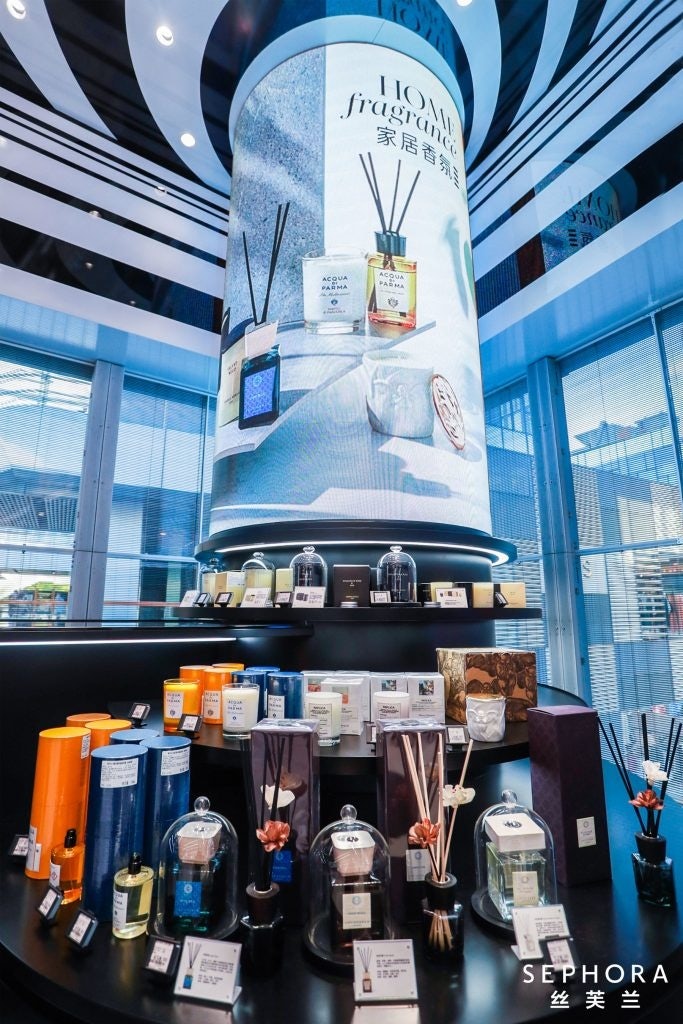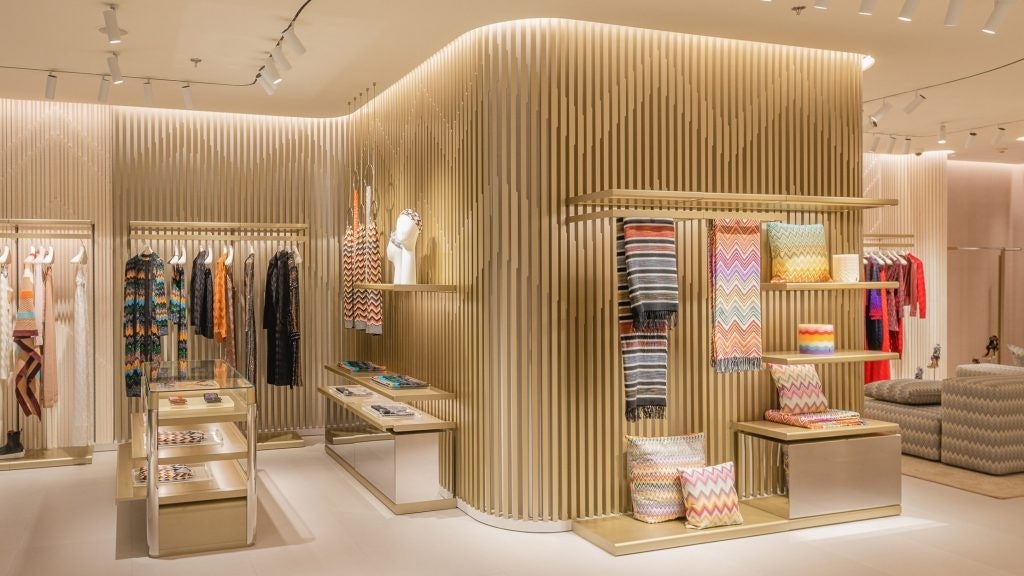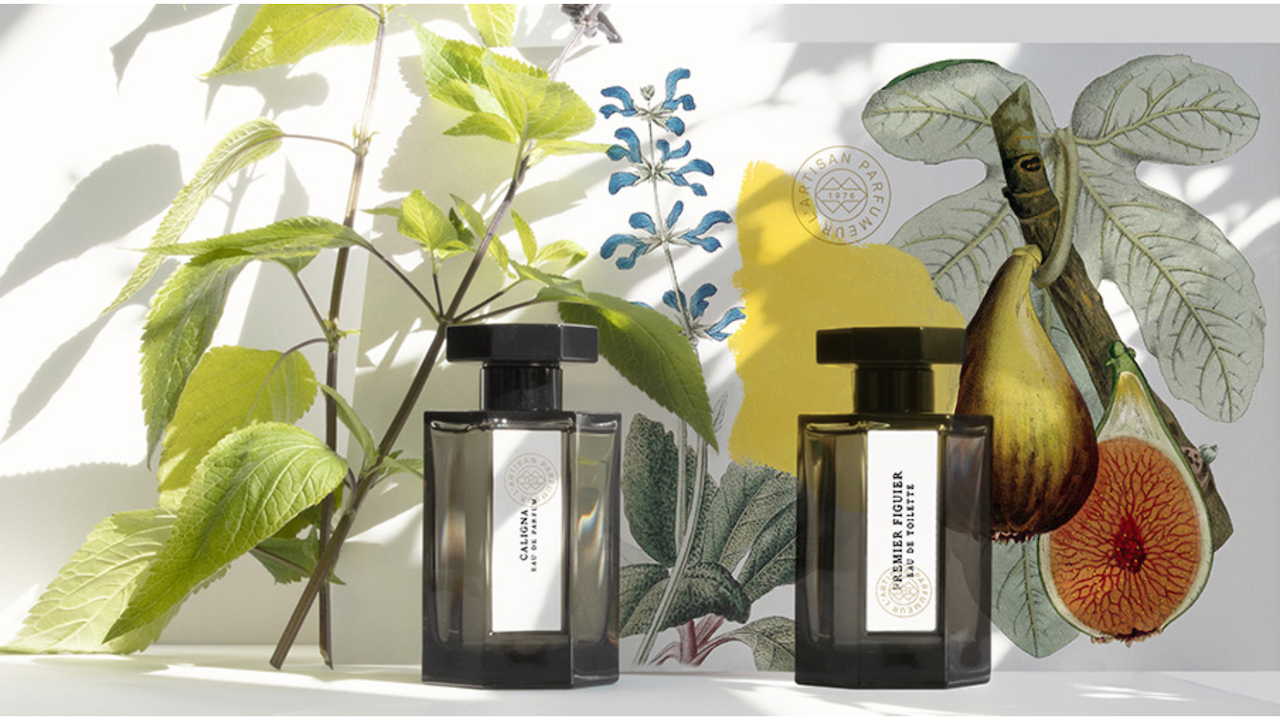Key Takeaways:#
Fragrances will help define the tastes of the next generation of luxury consumers, and key market players are investing in them well beyond traditional distribution strategies.
Ikea has helped bring affordable design into the homes of modern Chinese consumers through its 37 stores and online Tmall store, but there is still scope for significant growth as it is well behind its coverage of Germany and the US.
The 2022 Beijing Winter Olympics could create a new and vibrant market category in China surrounding winter sports, thanks to a massive investment in infrastructure and a heightened awareness of outdoor sports.
The global economy looks uncertain at best, but China’s luxury market remains resilient and robust, maintaining its expansion through a growing cohort of novice luxury consumers. It is an unspoken truth that many categories will eventually mature, putting some luxury brands under greater competitive pressure. And yet, there are still several product markets set to take off and unleash fresh expansion prospects. Here, Jing Daily has outlined three categories that have massive development potential. Consider it a timely reminder that luxury brands must get ahead of the growth curve and their competitors to leverage China's future market opportunities.
Fragrances to remember#
The Chinese fragrance market still lags behind other key luxury market destinations. Industry data varies, and we need a breakdown specifically for luxury fragrances. But data provided by Statista shows that revenue in China's Prestige Fragrances segment only amounts to 630 million, compared to 3.15 billion in the US.
The slow adoption of fragrances in China is due to cultural factors. Fragrances are less conspicuous compared to logo-driven purchases like designer handbags. However, the "scent economy" is starting to reach a critical tipping point as younger consumers search for new forms of individual expression and attractiveness. And science is on their side, proving that people recall olfactory memories easier than other sensory experiences years into the future.
Mintel predicts China’s fragrance industry will be growing at a compound annual rate of 17 percent by 2025, which might even be an underestimate. In its latest 1Q22 financial update, Coty reported that prestige fragrance revenues in China increased by almost 50 percent. For one, the rapid growth of duty-free shopping in China has helped to boost its market size. In fact, Mintel reports that about one-third of Chinese respondents have purchased fragrances from duty-free channels.
Fragrances will help define the tastes of the next generation of luxury consumers, and key market players are investing in them well beyond distribution. For example, Firmenich has recently opened a new customer experience studio in Guangzhou. Innovation will certainly play a key role in future fragrance success. Sephora’s Fragrance Studio 2.0, housed in its Beijing TaiKoo Li Sanlitun flagship store, enables shoppers to discover their signature scent from algorithms, color psychology, and somatosensory interactive technology. That is a fresh and impressive way to engage with consumers when it comes to fragrances.

A ‘home living’ mindset#
The property boom in China has created a new class of homeowners. Estimates show that more than 90 percent of households in China are recognized as homeowners, compared to 65 percent in the US. In China, the home now reflects both a consumer’s social status and their individual personality through differentiated living spaces.
Ikea has helped bring affordable design into the homes of modern Chinese consumers through its 37 stores and online Tmall store. China is among Ikea's top five markets, but there is still scope for significant growth as it is well behind its coverage of Germany and the US. The implications are that Chinese consumers will continue to upgrade their homes, and that includes luxury products. A 2021 YouGov and IKEA survey found that just 53 percent of Chinese respondents say their home meets their needs for sleeping, and 52 percent say it meets their needs for relaxing. Sephora recognized this need by launching its first home fragrance category at its Beijing flagship store.
The growing popularity of home influencers has also brought the home environment, traditionally considered private and intimate, into the public arena. Missoni recently opened its first flagship store in Shanghai, which sells homeware as well as clothing and accessories in a sign that brands are betting that home living products can help open up luxury markets.

When winter sports become hot#
The 2022 Beijing Winter Olympics could create a new and vibrant market category in China: winter sports. A massive investment in infrastructure coupled with a heightened interest in outdoor sports could turn China's citizens into full-fledged winter sports enthusiasts. The pledge to recruit 300 million skiers before the start of the Games may seem optimistic, but there are signs that the Chinese are willing to experience these new leisure activities. Indeed, it has been reported that ski resorts in Heilongjiang, Xinjiang, and other snowy destinations are fully booked.
There are obvious opportunities for high-end players, from luxury hotels and luxury branded apparel companies to premium equipment makers, to operate in this sector. Yet, China’s winter sports boom has also come at a time when status and style now embody significant lifestyle statements, and winter products should benefit consumers beyond the ski slopes. Moncler reported that its revenue doubled in Mainland China over the first nine months of 2021 compared to Q3 2018. Similarly, direct sales of Canada Goose in mainland China increased by 86 percent in Q2 of the fiscal year 2022, year-on-year.
And there is no need for Chinese consumers to head to the mountains to get the outdoors experience. Wintastar Shanghai, which will soon be the world's largest indoor ski resort, is slated to open by the end of 2022.

New and changing consumption patterns will create and unlock new categories within the luxury space, and these high-growth markets present attractive profit opportunities. But luxury brands need to be ready to grow their businesses into areas where consumers are increasingly open-minded about new consumption experiences.
Glyn Atwal is an associate professor at Burgundy School of Business (France). He is co-author of Luxury Brands in China and India (Palgrave Macmillan).


